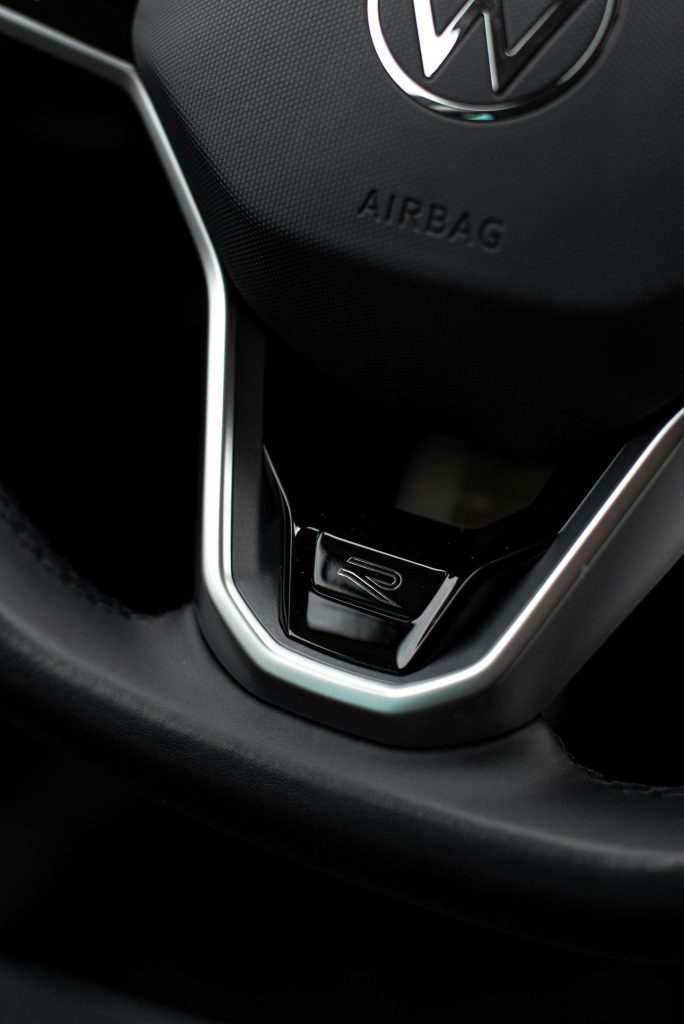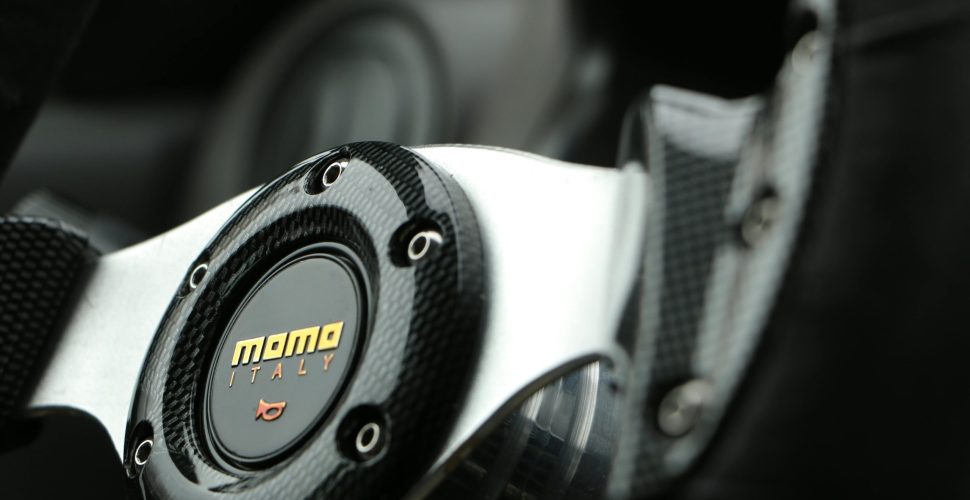Have you ever wondered what causes your car to emit that familiar beep when you lock it? The sound that has become a ubiquitous part of modern automotive life is more than just a simple alert—it’s the result of several integrated technologies working together to ensure your safety, security, and convenience. Understanding the reasons behind this beeping sound will give you a deeper appreciation for the tech embedded in your car.
In this article, I will explore the technology that powers the car beep when you lock it, shedding light on the specific systems involved and answering some of the most frequently asked questions about this seemingly minor but important feature.
The Core Technology Behind the Car Beep
At its core, the beeping sound you hear when you lock your car comes from the car’s central locking and alarm system, which is designed to alert you that the vehicle has been properly secured. But this simple beep is just the tip of the iceberg. Various technologies collaborate to make this feature possible, offering both practical functionality and advanced security measures.
1. The Key Fob and Remote Central Locking
The key fob or remote keyless entry system is the first piece of technology responsible for the beeping sound. These fobs are small transmitters that communicate with the car’s central locking system to lock or unlock the vehicle’s doors. When you press the button on the key fob to lock the car, the fob sends a signal to the car’s electronic control unit (ECU), which in turn engages the locking mechanism.
Also read this Where Are the Car Ignition Wires Located?

- How It Works: The signal from the key fob tells the ECU to lock the car doors and activate the alarm system, if applicable. When the locking mechanism is engaged, the ECU sends a command to the horn or an integrated speaker, causing the car to emit a sound, often a single beep, indicating that the locking process has been completed successfully.
2. The Car’s Alarm System
In many vehicles, the beep that you hear is tied to the alarm system, which is responsible for ensuring that the car is secure. The alarm system acts as a deterrent against theft by notifying the owner and anyone nearby that the vehicle has been locked, and therefore, is under protection.
- Tech Specs: Modern alarm systems are equipped with sensors that can detect motion, vibration, or unauthorized entry attempts. When the car is locked, the alarm system is armed, and any tampering with the car’s locks will trigger the alarm, causing the horn or a dedicated speaker to produce a loud sound.
3. Passive and Active Locking Mechanisms
Cars are typically equipped with either passive or active locking mechanisms. In passive systems, the car locks automatically when the key fob moves out of range or when the vehicle is put into gear. Active systems, on the other hand, require you to manually lock the doors with the key fob or a button inside the car.
- How It Affects the Beep: When the car locks automatically (passive system), the beep is used to notify you that the car has been locked successfully. In active systems, the beep serves as confirmation of the locking action. Some systems may allow you to turn off the beep if you prefer a quieter locking experience.
The Role of the ECU in the Car Beep
The ECU, or electronic control unit, is the brain behind the car’s locking system. It receives the signal from the key fob and processes the information to engage the car’s locks, horn, and alarm system. Without the ECU, the entire system would be unable to operate in sync, and the beeping sound wouldn’t be possible.
- Tech Specs: The ECU in modern vehicles is a sophisticated microcontroller that communicates with various subsystems of the vehicle, including the locking system, alarm system, and even the infotainment system. When you lock the car, the ECU interprets the command and triggers the necessary components to complete the process.
Why Do Some Cars Have Different Beep Sounds or Patterns?
Not all car beeps are created equal. Depending on the make and model of your vehicle, the beep you hear may vary in tone, duration, and frequency. Some cars emit a single short beep, while others may produce a series of beeps or even a more melodious sound. This variation is the result of the different electronic systems and sound modules that car manufacturers use in their vehicles.

- Why It Matters: Car manufacturers may customize the beep sound for various reasons, including brand identity, regional preferences, or specific technical considerations related to the car’s security systems. For example, a longer beep or a series of beeps might be used to indicate a malfunction or an issue with the locking system.
Understanding the Pros and Cons of the Car Beep Feature
While the beep sound when locking your car is generally a helpful and reassuring feature, it can also have its drawbacks. Let’s take a look at both the advantages and disadvantages of this feature:
Pros:
- Enhanced Security: The beep confirms that your car is locked and secure, which can prevent theft.
- Convenience: The sound provides immediate feedback, letting you know that your car has been successfully locked from a distance.
- Customizable Options: Many car manufacturers allow you to adjust or turn off the beep if you prefer a quieter experience.
Cons:
- Noise Pollution: In certain situations, such as in quiet neighborhoods or late at night, the beep may be disruptive.
- Potential for False Alerts: Sometimes, the beep may sound even if the car hasn’t been properly locked, leading to confusion or unnecessary checks.
Comparison Table: Car Beep Features Across Different Vehicle Brands
| Feature | Toyota | Ford | Honda | BMW |
| Beep Duration | Short, single beep | Short, single beep | Single, melodic beep | Multiple beeps |
| Alarm Integration | Yes | Yes | Yes | Yes |
| Adjustable Beep | Yes | Yes | Yes | Yes |
| Security Sensors | Motion & Vibration | Motion & Vibration | Motion & Vibration | Motion & Vibration |
| Automatic Locking | Yes | Yes | Yes | Yes |
Recommendations for Optimizing the Car Locking System
If you’re considering upgrading or customizing your car’s locking and security features, there are several considerations to keep in mind:
- Upgrade to a Smart Key System: Many modern vehicles now come equipped with advanced keyless entry systems that offer greater security and convenience. These systems use proximity sensors to automatically lock and unlock the car when the key fob is nearby.
- Install Additional Sensors: Adding more sensors to your vehicle, such as motion detectors or proximity sensors, can further enhance the car’s security and reduce the chances of unauthorized access.
- Check for Compatibility with Smartphone Apps: Many newer cars allow you to control the locking system and security features via smartphone apps. This offers added convenience, allowing you to lock or unlock your car remotely.





